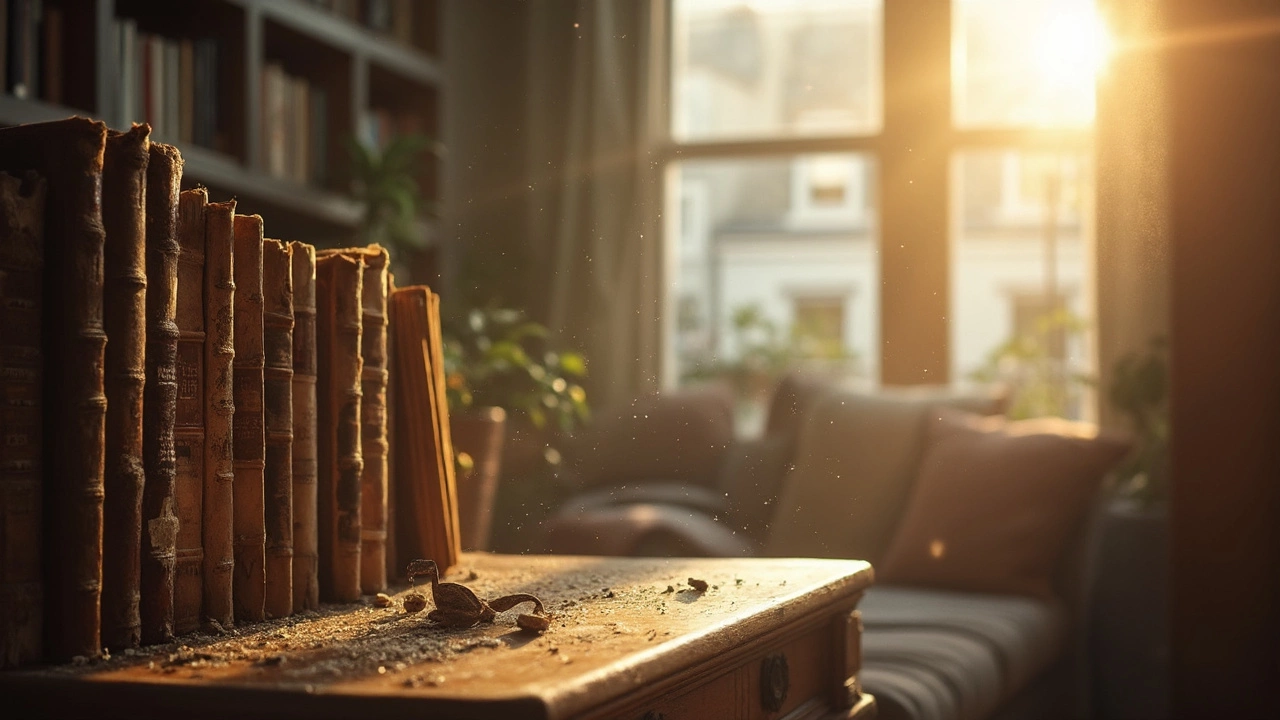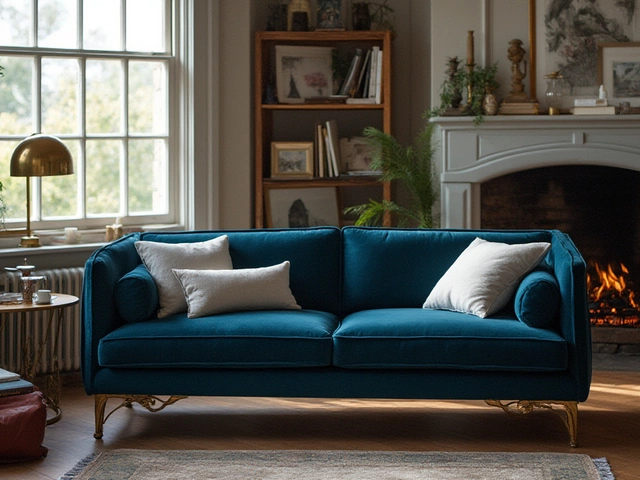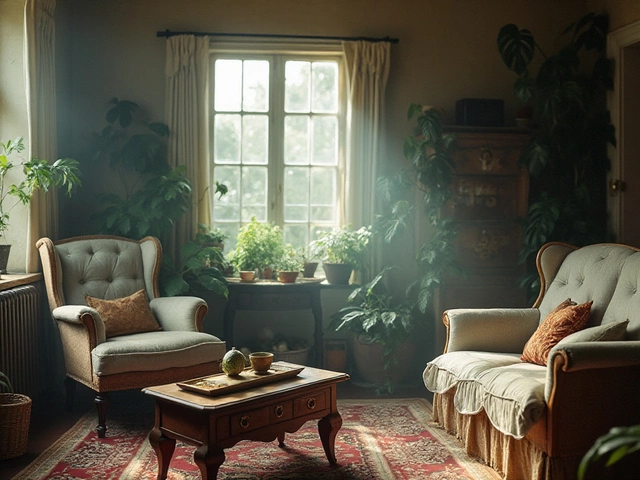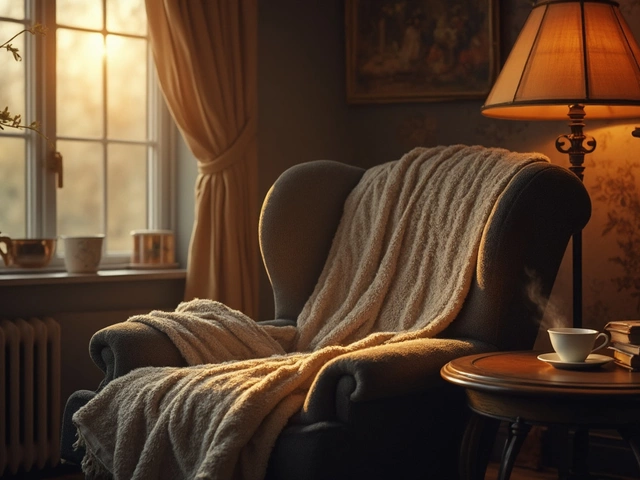Bookshelves – Design, Size, and Styling Made Simple
If you love having a place for your books, photo albums, or knick‑knacks, a well‑chosen bookshelf can change a room. You don’t need a fancy interior designer – just a few practical steps and a clear idea of what you want. Below you’ll find the basics for picking or custom‑building a bookshelf that fits your space, your style, and your budget.
Figure Out the Right Size and Shape
The first thing to ask yourself is where the shelf will live. Measure the wall from floor to ceiling and note any windows, doors, or radiators that could limit height. A tall, narrow unit works great in a hallway, while a low, wide bookshelf can double as a sideboard in a living room. Remember to leave at least a few inches of breathing room on each side so the unit doesn’t feel cramped.
Next, think about how many books you have. A standard 12‑inch deep shelf holds most paperback and hardback sizes comfortably. If you own oversized coffee‑table books, add a deeper section or a separate display case. Adjustable shelves give you flexibility – you can raise a shelf for tall items or lower it for small collections.
Pick Materials That Match Your Home
Wood is the go‑to for most UK homes because it looks warm and can be refinished. Pine is affordable and easy to paint, oak gives a classic grain, and walnut adds a rich, dark tone. If you prefer a modern look, consider metal frames with wooden shelves or glass panels for a lighter feel.
Because you’ll be using the shelf often, choose a finish that protects against spills and wear. A clear polyurethane seal works well for natural wood, while a matte paint can hide minor scratches. If you’re not a DIY fan, our craftsmen can build a bespoke bookshelf to your exact specs and finish it the way you like.
Don’t forget about stability. Heavy books can tip a tall, narrow unit forward. Anchor the bookshelf to the wall or add a sturdy base. This simple step keeps the piece safe for kids and pets.
Style It Your Way
Bookshelves aren’t just for storage – they’re a chance to show personality. Mix in decorative boxes, plants, and framed art to break up rows of spines. A pop‑color backing board can make the shelves stand out without a full‑room paint job.
If you have an open‑plan living area, consider a freestanding ladder shelf that leans against the wall. It adds height without taking up floor space and can double as a display for plants or trophies.
For smaller flats, a wall‑mounted floating shelf gives the illusion of more floor area. Use two or three levels to create a gallery‑style book wall that looks curated and tidy.
Maintaining Your Bookshelf
Dusting once a week with a soft cloth keeps the wood looking fresh. For glass doors, a quick wipe with a vinegar‑water solution removes fingerprints. If you notice any wobble, check the screws and tighten them – it’s usually a quick fix.
Finally, rotate your collection occasionally. Moving books around not only gives your shelf a fresh look but also prevents uneven wear on the wood.
Whether you buy a ready‑made unit or order a custom piece from Crafted Furniture Solutions, the right bookshelf can make a room feel organized and stylish. Use these tips, measure carefully, and pick a material you love – you’ll have a functional focal point that grows with your collection for years to come.




